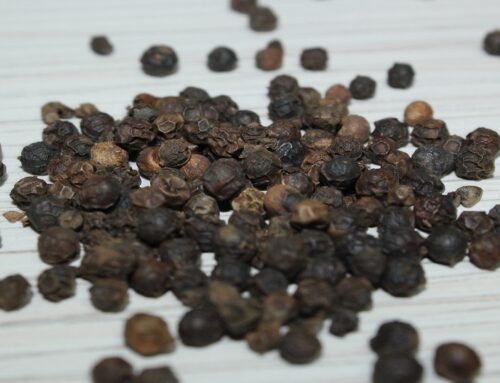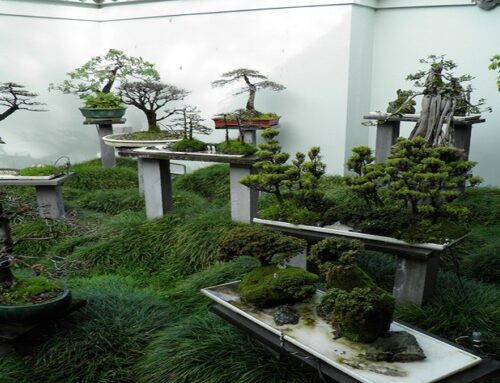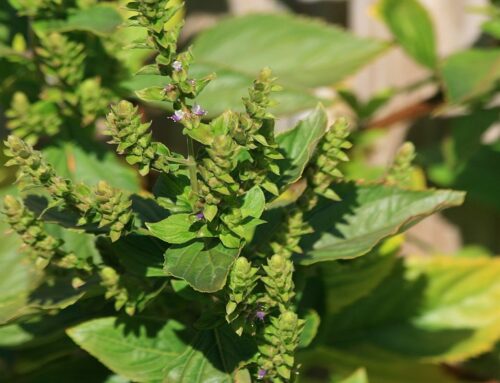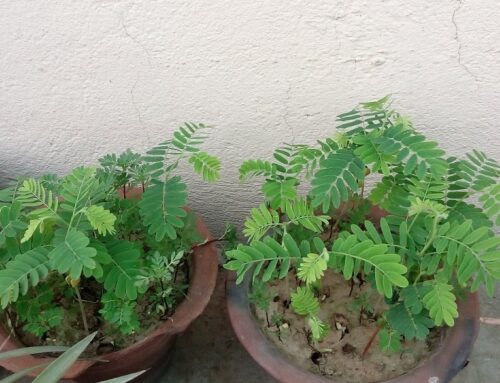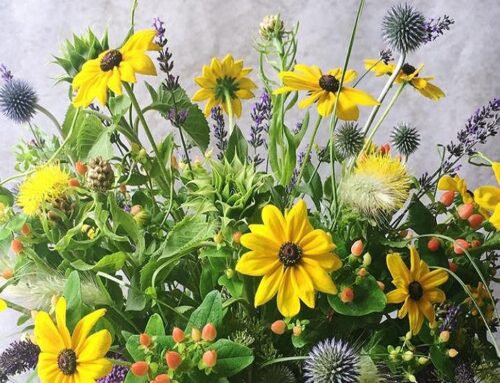Cilantro is a term used for the fresh stems and tender young leaves of the coriander plant. Scientific name of Coriander is Coriandrum sativum. It is an umbelliferous annual herbaceous plant belonging to the family Apiaceae (Umbelliferae). Cilantro is a plant of temperate climate; however it may be grown in tropical and subtropical climates as well. Cilantro is a short-lived herb.
Varieties: Major Varieties of Cilantro are:
- Costa Rica
- Leisure
- Long Standing
Container Gardening of Cilantro: Container gardening of cilantro plants is most suitable for urban homes, a majority of whom live in apartments. Most commonly used containers are cement pots, earthen pots and pans, wooden barrels, boxes and crates, plastic jars, cans and buckets, tin boxes and drums.
Choosing an Ideal Container: While selecting containers, following factors should be considered:
- Adequate drainage: Containers should have at least one hole of an adequate size at the bottom as in earthen pots, to drain out excess water
- Containers can easily be placed on the terrace, window sills, window boxes, balcony and verandah where direct sunlight is available for the plant
- Remember, cilantro needs direct sunlight for healthy growth
- Containers can hold sufficient volume of growing medium
- Containers should be lightweight and easy to handle
- Containers should be durable and free of toxic substances
- Containers should prevent root circling
- Containers should facilitate easy repotting which needs to be done on yearly basis or as and when plant roots grow out of its container
Ideal Containers for Cilantro: In case of cilantro, the grower may opt for a container which is at least 18 inches wide and 8 to 10 inches deep. The point is to choose a container that can contain the full grown cilantro plant.
Ideal Growing Medium for Cilantro: An ideal growing medium for container-grown plants may be prepared by mixing equal quantities of good soil (preferably sterilized) + river sand + well-decomposed organic manure (vermicompost or compost or farmyard manure) + a nitrogenous fertilizer (e.g. urea).
Preparing an Ideal Growing Medium: While preparing the growing medium, focus is given whether the growing medium is strong enough to hold cuttings or seedlings firmly, free of insect-pests and disease-causing pathogens, and has good water-holding capacity, aeration and drainage. After growing plants for a season, the growing medium needs to be replenished with additional plant nutrients. This may be done along with repotting.
Sowing or Planting Process: After choosing the right container and filling with an appropriate growing medium, now it’s time for sowing seeds. Growing medium is watered lightly and a handful of seeds are directly sown into the container by dispersing the seeds evenly on the top of the growing medium. After sowing, seeds are covered with another layer of growing medium. After that, the container is placed on a spot where direct sunlight is available as seeds need full sunlight to germinate. Seeds germinate within a week.
Watering Plants: Water the container daily by spraying water using a spray bottle. Never pour water into the growing medium while seeds are still germinating as this practice may adversely affect seed germination.
Care of Container-Growing Cilantro Plants
- Container-grown plants require more care and attention than garden-growing (open field-growing) plants
- It is essential to water frequently depending on the season, and size of the plant and container
- Plants need extra water in dry summer season, so watering should be done twice a day (morning and evening)
- Too much watering can be as harmful in winter as too little in summer
- Since cilantro is a dry-climate (temperate climate) herb, focus is to keep the soil moist always but not soggy
- Water-logging must be avoided by all means
- During extreme climate such severe winters, scorching summers and rainy season, plants need to be moved inside into a protected area
Pest and Disease Management: There are not many serious diseases and pests found in container-grown plants. However, aphids, thrips, white flies etc may be a problem sometimes. These can be controlled by spraying pyrethrum-based organic insecticides or neem-oil emulsions or tobacco extract. Damping off and root rot may be seen in over watered plants. This can be controlled by providing adequate drainage holes in the containers.
Foliar Spraying for Plant Nutrition: Topdressing or foliar application of plants with nitrogenous fertilizers in small quantities improves plant growth and yield. In top dressing, 5 to 10 grams of urea may be applied in moist soil once a week or once in 10 days, starting from 3 weeks after sowing seeds or 2 weeks after transplanting seedlings. High doses of fertilizers are very harmful as it kills the plants due to fertilizer burning. If urea is applied in dry soil, the plants must be watered immediately. Generally, organic manures and biofertilizers are recommended for container-grown plants.
Pruning and Pinching: Pruning may be necessary to induce growth and to remove undesirable growth and damaged or dead stems. Pinching of terminal buds may be practiced to promote bushy growth. Drying out of roots is a problem in winter. Covering the base of the plants with white polyethylene sheet or winter blanket may prevent this problem up to some extent.
Harvesting Cilantro Foliage: Cilantro foliage is ready to be harvested when the plant reaches up to 4 to 6 inches tall. Harvesting is done by sharp knife or scissors. Top one-third portion of the plant is removed while harvesting as it encourages further vegetative growth. Multiple harvests are possible at weekly intervals. Up to four harvests may be done from a single plant.
Quality Parameters: Cilantro foliage is harvested as developing stems and tender leaves and quality is mainly determined by its visual appearance. Visual characteristics such as freshness, uniformity of size, form and color, and lack of defects (damaged or yellowed leaves, decay, insect damage, wilting) and characteristic aroma are used to determine the quality of the produce.
Storage: Cilantro leaves may be preserved by freezing or drying. In order to freeze them, put the leaves in a freezer bag and store in the freezer. In order to dry them, spread the leaves in a warm place and dry them. Dried leaves are stored in an air tight container.
We have a book on ‘Cilantro‘….
Check out our publishing services here…
We publish top quality videos on various ‘Food & Agriculture’ topics. You may subscribe our video channel here…


